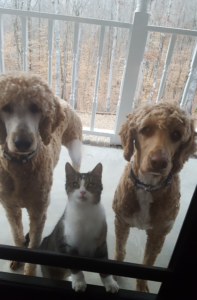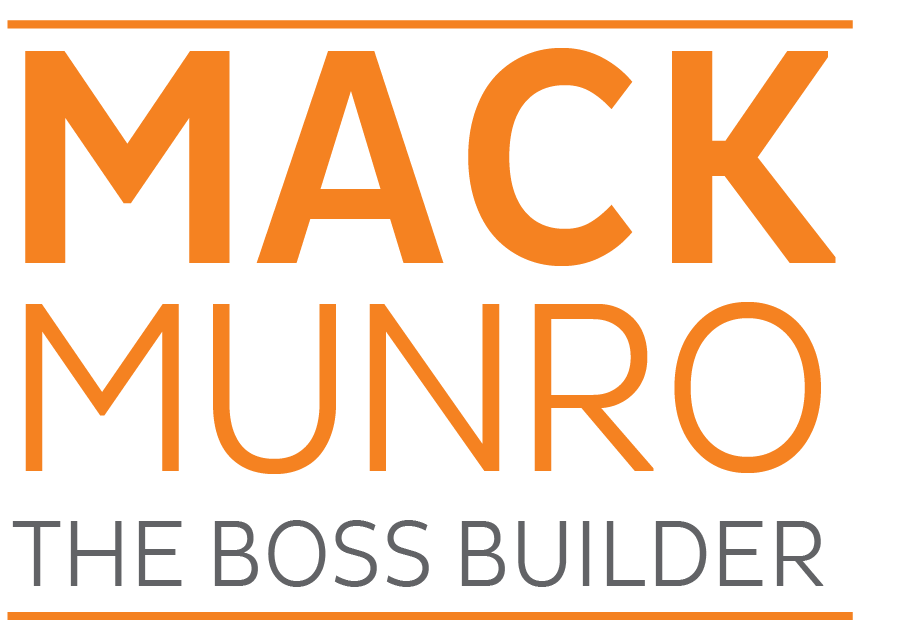
Shiloh and Rusty (with their buddy Tiger)
As a management development consultant, I’m often asked what the best way to motivate people to get them to perform is. I’ve got lots of tools and models and I can even quote some theory if you like. But maybe the quickest, most efficient way to answer that is what I recently learned from my dog trainer.
We have two Goldendoodles named Rusty and Shiloh. They are both younger than two and full of energy so we decided to enroll them into dog obedience school. Their trainer, Dave, is guiding us in getting them to walk beside us, sit on command, and not do annoying things like jump on people and eat food off the kitchen counter.
The first tool he encouraged us to get was a pinch coller. They look absolutely medieval but believe it or not, the prongs don’t pinch hard enough to injure the dogs, just get their attention. Dave suggests two forms of motivation.
- Correction. When a dog KNOWS how to obey a command such as “sit” or “heel” but doesn’t do it then it’s appropriate to give a quick tug on the leash to remind them to comply. You never drag the dog. It’s just a quick snap on the leash.
- Reward. When a dog KNOWS how to obey a command and does it, then a reward is appropriate. It could be a pat, at treat, or in the case of Rusty, a chance to retrieve the Frisbee.
Simple right? Only it’s not simplistic. The key of course is teaching first. There is no reason to punish if the dog has not mastered the command. It just confuses them. Once they know, then it’s a simple matter of pushing obedience.
Of course, mistakes are common. The other dog in our class is a pain-in-the-ass beagle named Teddy. Teddy is less than a year old, barks and howls incessantly, and drags his hapless owner around by the leash. To get him to behave, his owner continually feeds him a stream of dog treats. None of this works. According to the trainer, you can’t train obedience by bribing a dog into compliance. They see the treat as a reward for misbehaving. Teddy might have to do summer school. Or at least his owner should.
So what does that mean for humans?
- Teach. Make sure your people KNOW what it is they need to do and more importantly, how to do it correctly.
- Correct. Correct poor performance on the spot. Do it quickly, privately, and constructively. Just a quick snap of the proverbial leash. Don’t hold a grudge, shame them in public, or treat them like idiots. Get them in line right away.
- Reward. Reward verbally by noticing good performance. No need for treats, gift cards, donuts, etc. They are getting paid to do the job. They have their tangible reward. If you want to do special recognition, wait for a major, over-the-top contribution that was not ordered or expected.
And for Heaven’s sake don’t reward them in order to get them to perform. That’s just bribery. You’ll never win this battle.
Yes I know dogs and humans are different but these principle work for both. Get busy driving winning performance from your team. It’s your job as The Boss.

